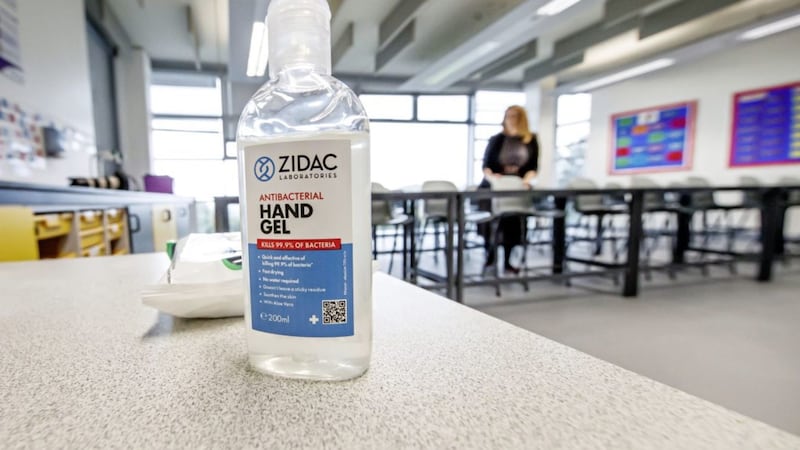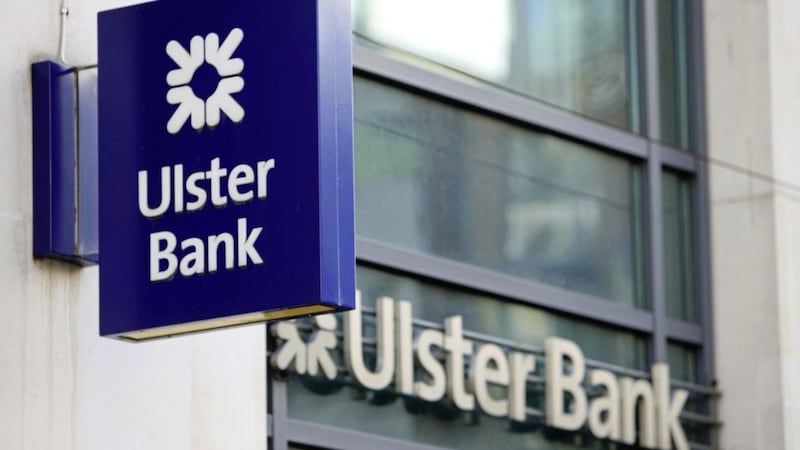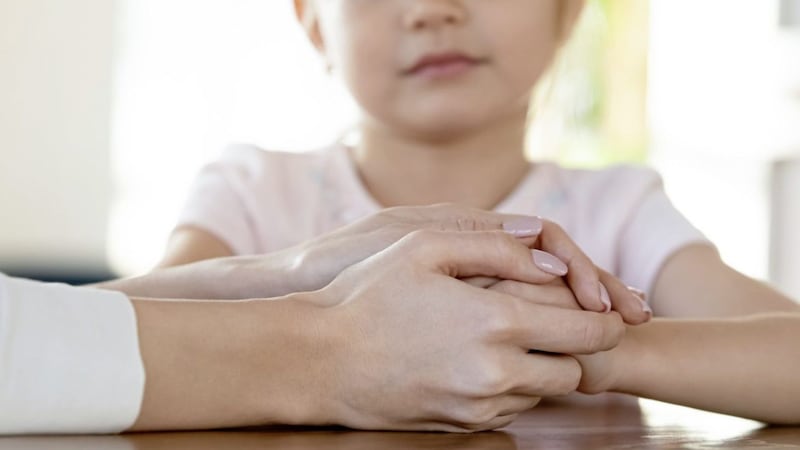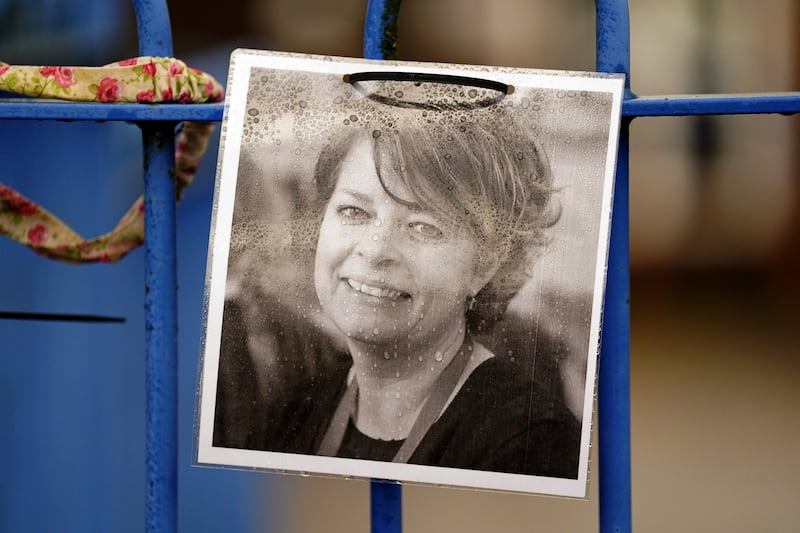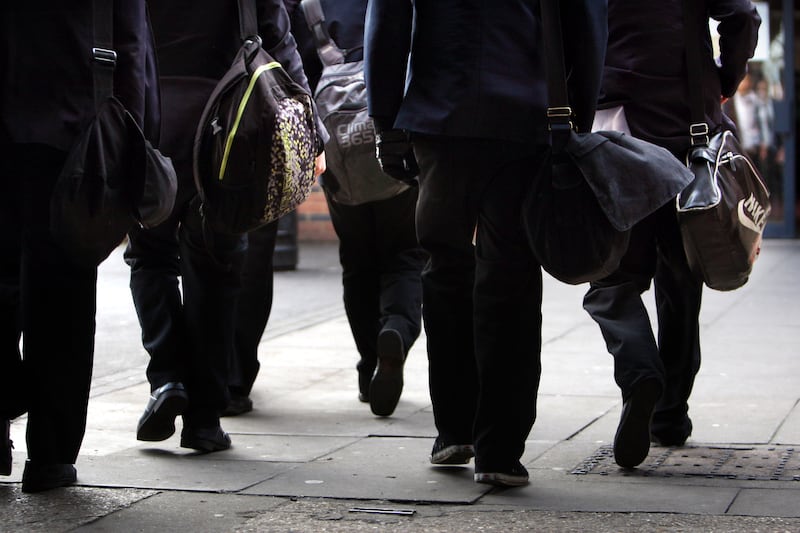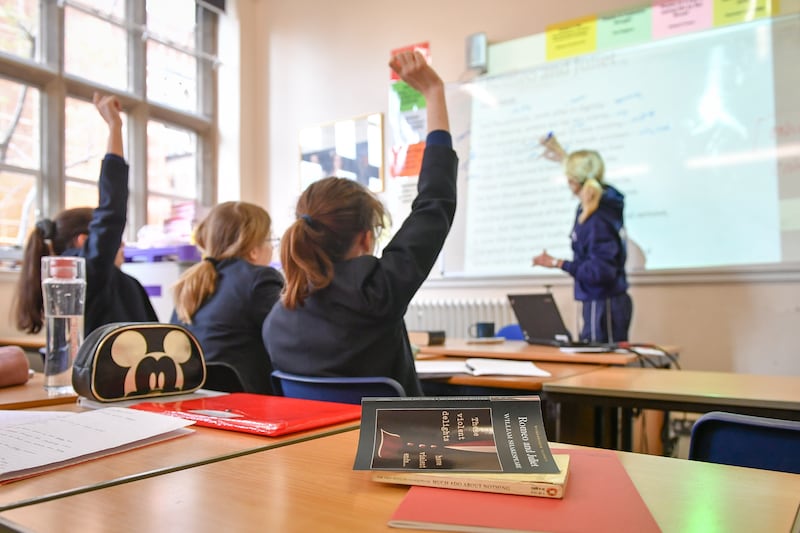SCHOOL guidance that suggested entire classes be sent home for two weeks if one pupil displays Covid symptoms was wrong, it has emerged.
Updated advice from the Department of Education had caused widespread alarm among school leaders.
Many were concerned about a section that focussed on `bubbles' where a child was showing symptoms.
In primary settings, classes are acting as a single consistent group "with minimal prolonged interaction with other classes within the school".
Up until now, schools had been told that only symptomatic children and their siblings should go home.
The latest guidance suggested that this should extend to full class bubbles.
"If the children are within a ‘bubble’ and schools are unable to identify close contacts of the individual, the entire bubble will be treated as an extension of the household and all members of the bubble should follow the same advice as the symptomatic child's household and begin to self-isolate for 14 days pending the result of the test," it read.
"Schools therefore need to make every effort to maximise segmentation within classrooms."
The department last night said that it had worked with the Public Health Agency "to rectify the issue and revised guidance will issue on Monday".
In response to feedback from schools, and following clarification with the PHA, the department said that only when a positive case has been identified in a child do schools need to consider self-isolating close contacts of that individual.
"We recognise the importance of the guidance for education settings and have taken action to resolve this issue as quickly as possible. The department has communicated with schools," a spokesman said.
NAHT president Graham Gault said there appeared to be little understanding of how classrooms operated.
"You cannot segment a foundation class. The reality of play, learning and integration in early years, primary and special classrooms means children are in close quarters," Mr Gault said.
"We are begging for clarity. The outworking of this is that large cohorts are having to be taken out of school, so we have to get this right."
Caireann Uí Mhuireagáin, principal of from Gaelscoil na Mona in Belfast, said such guidance would have had massive implications.
"Principals are spending swathes of time and energy trying to decipher the ever changing and contradictory guidance. Not good enough," she said.
"We've been back in school over six weeks now, pupils five weeks. The guidance around testing and isolating has changed numerous times over that period. If the whole bubble goes home, every single class in my school should have been out for up to 14 days at this stage. My colleagues and I are already burnt out."
Schools reopened full-time this month with social distancing abandoned in favour of `bubbles' for younger children.
Since the restart, several have been affected by positive cases. Some have sent individuals home while others have asked classes or year groups to isolate.
A small number have closed down for a short period.
The updated guidance also states that pupils with symptoms must be protectively isolated while awaiting collection by relatives. This should be done in a "non-threatening manner" and young people should be "quarantined" behind a closed door.
